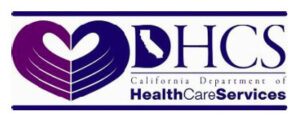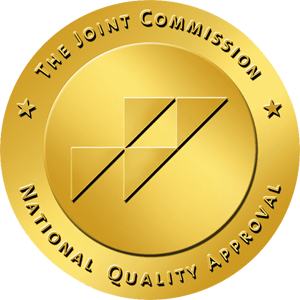Stimulants, including substances like cocaine, methamphetamine, and prescription amphetamines, are known for their energizing and euphoric effects. However, regular use can lead to dependence, and stopping or reducing stimulant intake can trigger withdrawal symptoms. Understanding the process of stimulant withdrawal is crucial for those seeking recovery. This article explores the symptoms, risks, and management strategies associated with stimulant withdrawal.
What are Stimulants?
Stimulants are a class of drugs that increase activity in the central nervous system. They work by increasing levels of certain neurotransmitters, such as dopamine, norepinephrine, and serotonin, in the brain. This leads to heightened alertness, increased energy, and feelings of euphoria. Common examples include cocaine, methamphetamine, Adderall (amphetamine), and Ritalin (methylphenidate).
Understanding Stimulant Dependence
Regular stimulant use can lead to tolerance, where the body requires higher doses to achieve the desired effect. Dependence develops when the body adapts to the presence of the drug, and withdrawal symptoms occur when use is reduced or stopped. The risk of dependence is higher with frequent use, higher doses, and certain methods of administration (e.g., smoking or injecting).
Symptoms of Stimulant Withdrawal
Stimulant withdrawal symptoms can vary depending on the specific drug, dosage, and duration of use. Symptoms can begin within hours or days of stopping use and can last for several weeks. Common symptoms include:
- Depression: A significant and persistent low mood, often accompanied by feelings of hopelessness and worthlessness.
- Fatigue: Extreme tiredness and lack of energy.
- Anxiety: Feelings of worry, nervousness, and unease.
- Irritability: Increased agitation and short temper.
- Sleep Disturbances: Insomnia or hypersomnia (excessive sleeping).
- Intense Cravings: A strong desire to use the stimulant again.
- Difficulty Concentrating: Problems with focus and memory.
- Increased Appetite: Changes in eating habits, often with increased hunger.
- Psychomotor Retardation or Agitation: Slowing down of movements or restlessness and inability to sit still.
- Paranoia or Hallucinations: In some cases, individuals may experience paranoia or hallucinations, especially with withdrawal from high doses or prolonged use.
Risks Associated with Stimulant Withdrawal
While generally not life-threatening like some other drug withdrawals, stimulant withdrawal can be very uncomfortable and challenging. The primary risks are:
- Relapse: The intensity of cravings and the discomfort of withdrawal can lead to relapse.
- Depression and Suicidal Thoughts: The severe depression associated with withdrawal can increase the risk of suicidal thoughts and behaviors.
- Psychosis: In rare cases, stimulant withdrawal can trigger psychosis, particularly in individuals with a history of mental illness.
Management of Stimulant Withdrawal
Managing stimulant withdrawal often involves a combination of strategies:
- Supportive Care: Providing a safe and supportive environment is crucial. This includes ensuring adequate rest, nutrition, and hydration.
- Medication Management: While there are no specific medications approved for stimulant withdrawal, some medications can help manage specific symptoms, such as depression, anxiety, or insomnia. These medications are typically prescribed on a short-term basis.
- Therapy and Counseling: Addressing the underlying issues that contributed to stimulant use is essential for long-term recovery. Therapy can help individuals develop coping mechanisms, manage cravings, and build a support system. Cognitive Behavioral Therapy (CBT) and Contingency Management are two evidence-based therapies that are particularly helpful.
- Inpatient or Outpatient Treatment: Depending on the severity of dependence and the individual’s needs, treatment may occur in an inpatient or outpatient setting. Inpatient treatment provides 24/7 support and monitoring, while outpatient treatment allows individuals to continue living at home while receiving treatment.
The Importance of Professional Help
While some individuals may attempt to manage stimulant withdrawal on their own, professional help is highly recommended. Medical professionals can assess the severity of withdrawal and provide appropriate support and treatment. Therapists can help individuals address the underlying issues contributing to their stimulant use and develop strategies for long-term recovery.
Long-Term Recovery
Overcoming stimulant addiction requires ongoing effort and commitment. Long-term recovery often involves a combination of therapy, support groups, and lifestyle changes. Identifying and avoiding triggers, developing healthy coping mechanisms, and building a strong support network are crucial for maintaining sobriety.
Finding Support
If you or someone you know is struggling with stimulant addiction, help is available. Talk to your doctor or seek assistance from a qualified mental health professional or addiction specialist. Support groups, such as Cocaine Anonymous or Crystal Meth Anonymous, can also provide valuable peer support and encouragement. Remember, recovery is possible.






